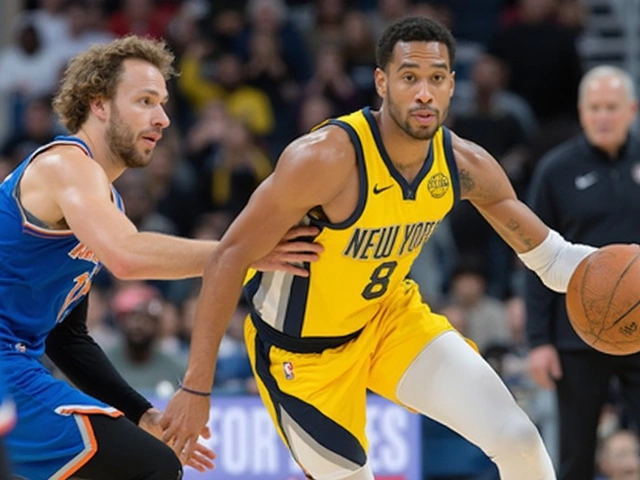Retail Innovations: Luxury Lingerie Pop‑Up Success
Ever wonder why a pop‑up shop can make headlines faster than a traditional store? Coco de Mer showed us that a well‑timed, well‑placed pop‑up can turn a single weekend into a brand‑wide buzz. By targeting Valentine's Day 2024, the brand turned Knightsbridge into a love‑laden showroom that blended online hype with real‑world experience.
What made this pop‑up stand out wasn’t just the location. It was the seamless mix of digital marketing, celebrity endorsements, and a curated product line focused on sexual wellness. Lucy Litwack, the CEO, used Instagram teasers, influencer shout‑outs, and email invites to fill the boutique before the doors even opened. The result? Lines out the door and a surge in online sales that kept the momentum rolling.
Why Pop‑Ups Work for Luxury Brands
First off, pop‑ups create urgency. A temporary space tells shoppers, "Come now or miss out." That scarcity mindset drives foot traffic and social sharing. Second, they let brands test new markets without the long‑term commitment of a permanent lease. Coco de Mer learned exactly how London shoppers react to high‑end lingerie before considering a larger flagship.
Third, pop‑ups are perfect for storytelling. In Knightsbridge, the brand set up intimate fitting rooms, scented candles, and soft lighting that matched their product vibe. Visitors didn’t just buy a piece of lace; they bought an experience. When you pair that with influencer posts that highlight the atmosphere, the story spreads far beyond the shop’s walls.
Key Takeaways for Your Retail Strategy
1. **Timing is everything** – Align your pop‑up with a holiday or event that matches your product. Valentine's Day worked for Coco de Mer because love and intimacy are at the core of lingerie.
2. **Blend online and offline** – Use social media teasers, email countdowns, and influencer collaborations to build hype before the launch. Then capture the in‑store moment with live streams or Instagram Stories to keep the buzz alive.
3. **Leverage partnerships** – Celebrity or influencer ties add instant credibility. Coco de Mer partnered with well‑known figures in the wellness space, expanding their reach to audiences that might never have discovered the brand otherwise.
4. **Curate the experience** – Think beyond product displays. Lighting, music, scent, and staff training all shape how shoppers feel. When the environment matches the brand’s promise, customers stay longer and spend more.
5. **Measure and iterate** – Track foot traffic, sales, social mentions, and post‑event surveys. Coco de Mer used these data points to decide whether a permanent store makes sense or if they should keep the pop‑up model.
Bottom line: A pop‑up isn’t just a temporary shop; it’s a fast‑track testing ground for brand narrative, customer engagement, and sales acceleration. If you’re in retail and want to shake up your strategy, look at the Coco de Mer case study. It shows how a focused, well‑executed pop‑up can turn a single weekend into lasting brand momentum.
Ready to try your own pop‑up? Start by picking a date that aligns with your product’s vibe, plan a tight marketing rollout, and design a space that tells your story. Keep the experience authentic, track every metric, and you could see the same kind of buzz that turned a Knightsbridge boutique into a retail headline.

Coco de Mer, led by CEO Lucy Litwack, strategically utilized Valentine’s Day 2024 by launching a pop-up boutique in London. This initiative fused digital marketing with physical retail, leveraging global growth and celebrity ties to boost sales. The brand showcased curated lingerie with a focus on sexual wellness, highlighting partnerships with well-known figures to expand their international reach.
Continue Reading





